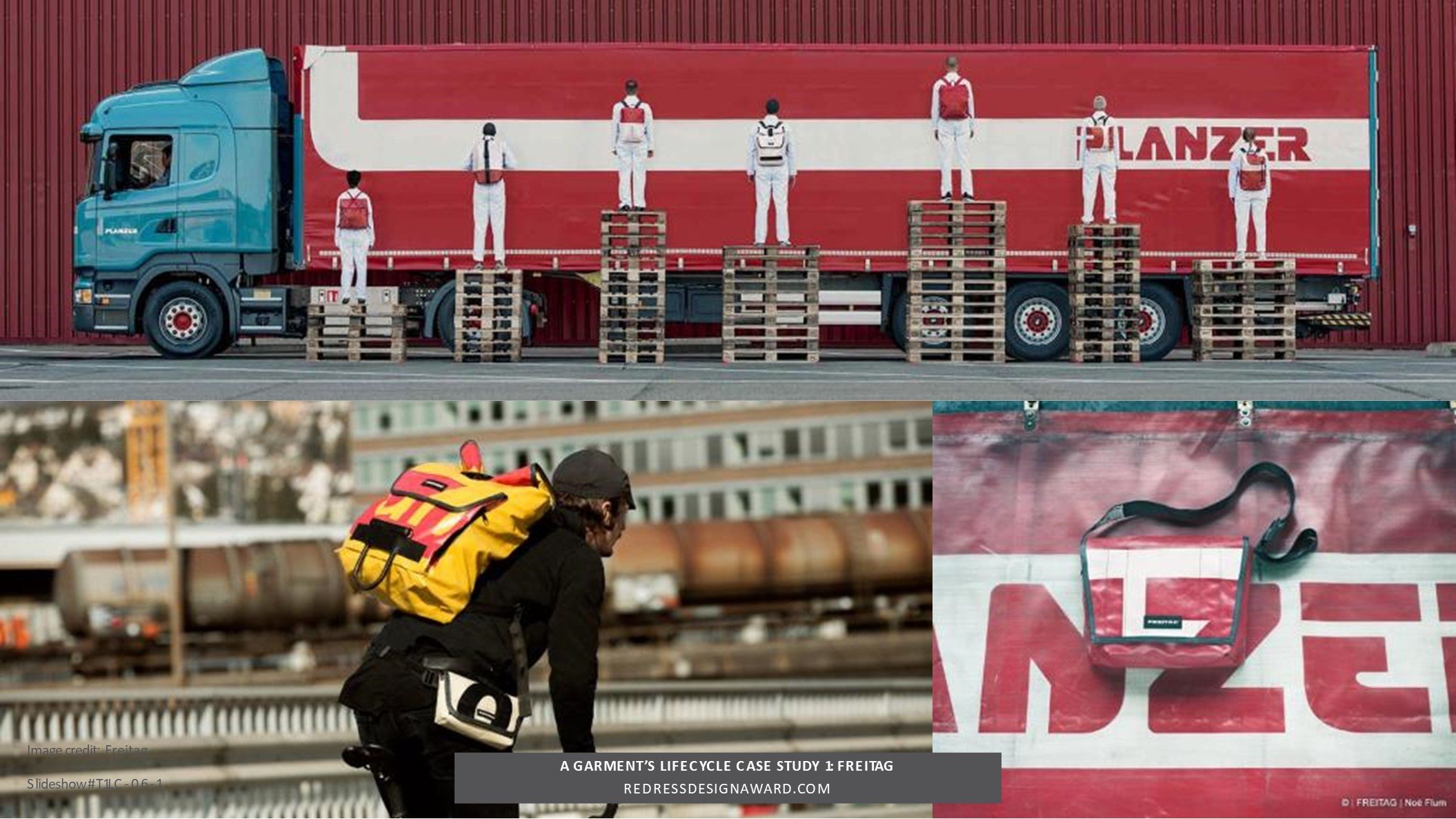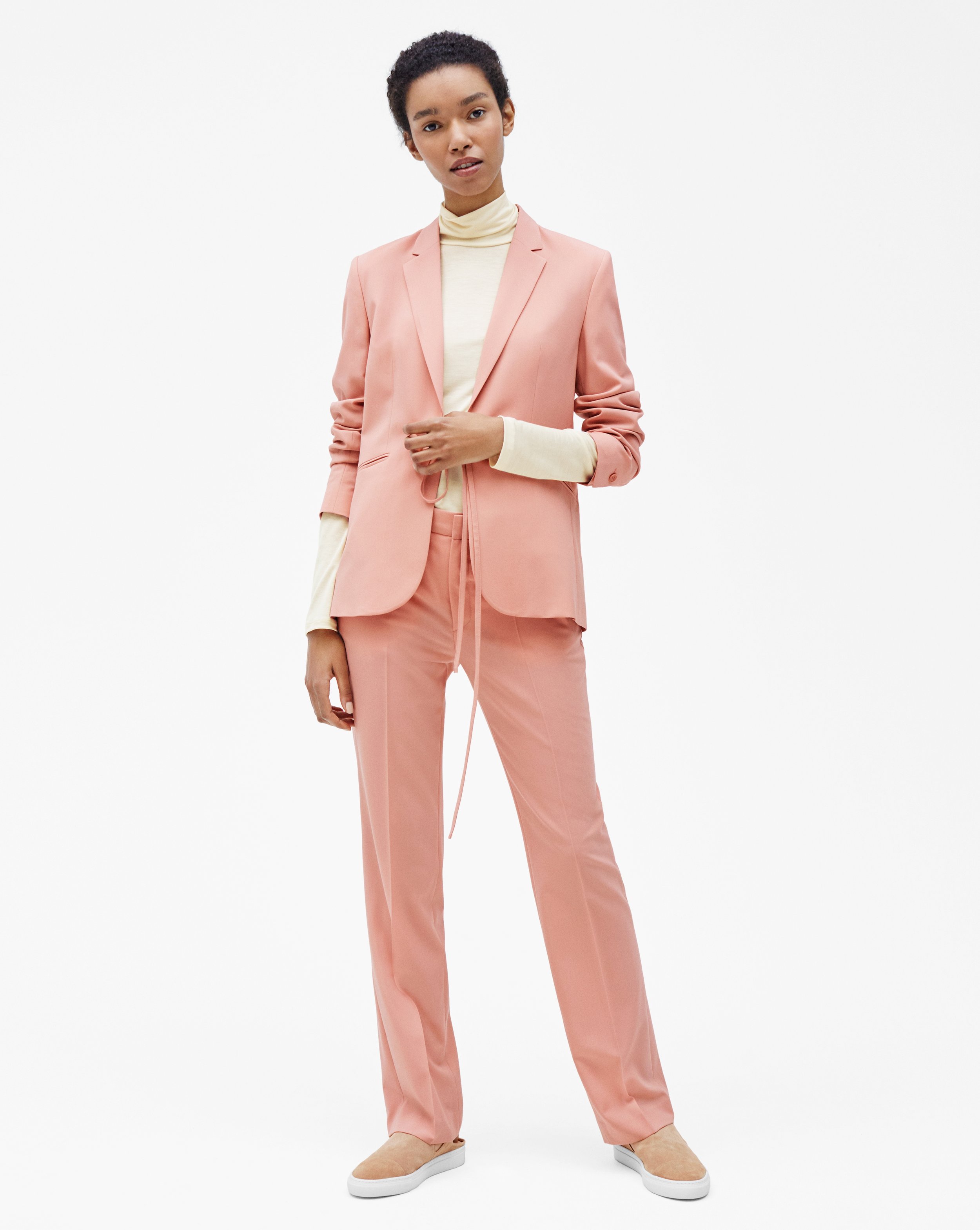Global fibre production represented 116 million tonnes in 2022, and is expected to grow to 147 million tonnes in 2030 if business continues as usual (1). Regrettably, around 15% of fabric ends up on the cutting room floor when garments are cut and sewn (2). When textiles are wasted, so too are the resources which were invested and embedded into the textiles.
Read MoreIn this case study, you will discover an alternative biomaterial that does not rely on virgin resources, instead using waste from other industries. As designers, choosing such innovative materials will enable you to implement circular solutions while reducing the environmental impact of your product.
Read MoreIn this case study, you will discover how Reverse Resources has built a commercial circular solution so that textile products can be used and reused, keeping them for as long as possible. See how they address the sheer volume of textile waste that is produced before products even hit the shelves.
Read MoreBy fostering cooperation, embracing creativity, and championing circular values, a small brand meets a manufacturing giant to transform garment defects into a viable circular solution.
Read MoreIn this case study, we will discover and discuss what it takes to design your products with a life cycle in mind.
Read MoreIn this case study, see how Levi’s identified their waste hotspots across the supply chain. Not only did they significantly reduce their environmental impact across the product’s life cycle, it also led to new industry standards and innovative solutions towards cleaner denim.
Read MoreIn this case study, we will explore and discuss why Patagonia designs their products to last, and encourages care and repair for longevity.
Read MoreIn this case study, see how the designer’s attitude allows for a different approach to recreating fashion. Understanding how specific pre-existing garments or products were initially constructed was key to reconstructing them in a whole new way.
Read MoreIn this case study, learn why planning the life cycle for your products involves mapping out your materials in order to allow for circular business models.
Read MoreAs designers, there is a real opportunity to partner with manufacturers and other industry partners to design out waste within the supply chain and through to consumer use. In the Circular Redesign Challenge with TAL Apparel, we challenged our Redress Design Award Finalists to create an outfit using defective shirts, inspired by an exclusive circular design collection from The R Collective x Garcia Bello.
Read MoreThis guide explores opportunities to build a sustainable fashion business, and discusses the importance of sharing your values both internally and externally to strengthen your brand identity.
Read MoreConsumers are becoming increasingly aware of the impact that their clothing choices have on the environment and society, and are looking for brands that align with their values. Read on for practical tips and strategies that will engage with conscious fashion consumers to not only build a loyal customer base, but also contribute to a more sustainable and equitable future for the fashion industry!
Read MoreDesigning for circularity goes beyond the design of the garment itself. Through packaging and messaging, there is an opportunity to communicate and share your brand story to build your customers’ emotional attachment with your product and thereby encourage longevity of use. In partnership with leading sustainable packaging expert Delta Global, we challenged our Redress Design Award Finalists, joining forces with marketing and product design students, to inspire customers through fashion’s packaging.
Read MoreHere are some places to build your community and network with those suppliers and resources who make it their business to work with better materials. We hope this will support your sourcing needs, enabling you to contact them directly and learn about their products and services. This directory will be reviewed often, to keep you updated on available resources.
Read MoreIn this case study, we ask tonlé founder, Rachel Faller, about her biggest challenges, successes, and top tips for building a circular fashion business.
Read MoreWatch this video to deepen your knowledge about the carbon impact across the supply chain from fibre choices, manufacturing processes, through to tracking carbon emissions. To better understand the impact your choices make, try out their denim carbon calculator for yourself: MyBluPrint.
Read MoreIn this case study, Camilla talks about why fibres are so important to design decisions and how to take control by understanding their lifecycle.
Read MoreThis guide provides an introduction to the key role of fibres in the circular fashion system and gives you an overview of the environmental impact of natural and man-made fibres.
Read MoreDigital technology is on the rise, with 3D design and video conferences among the most promising trends not only because of the reduction of time and distance for a global industry, but also for the practical advantage of minimising sampling.
Read MoreWatch how finalists of the Redress Design Award 2022 come up with solutions for reusing textile waste in an intensive six-hour challenge for Icebreaker.
Read More



















